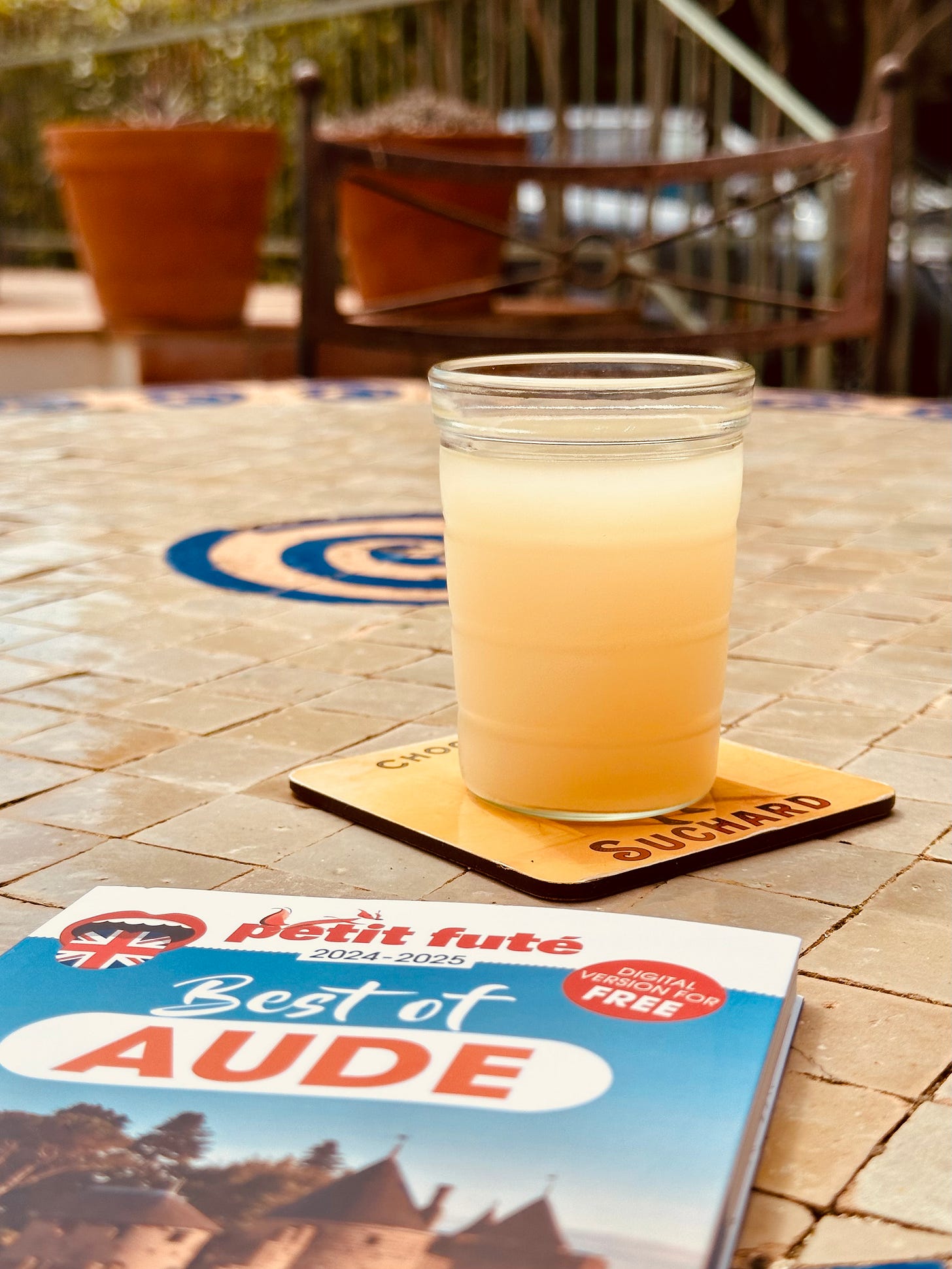Pass the pastis
The perfect summer drink (that most Brits get wrong)
This time - 🇫🇷🏖️ holiday drinking, French style
Last time - 🤏🍺 stubby bottle nostalgia
From the vaults - ☹️🍸 martinis for a shit day
Wransley's, near the station, was the sort of old-school newsagents where you could still buy penny sweets from glass jars. On Saturdays I would walk the half-…
Keep reading with a 7-day free trial
Subscribe to The Glass to keep reading this post and get 7 days of free access to the full post archives.



